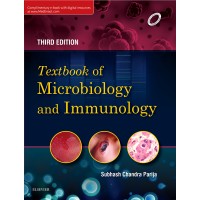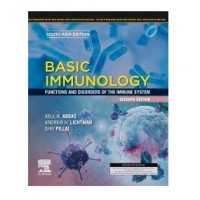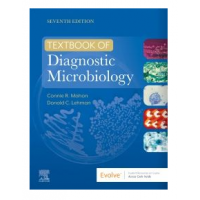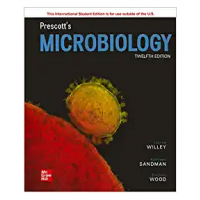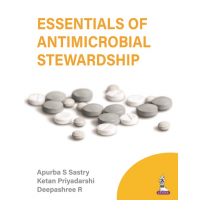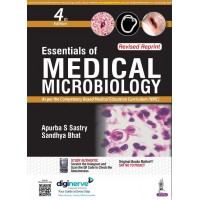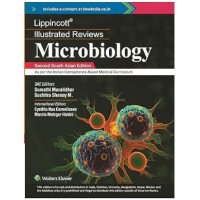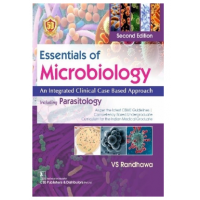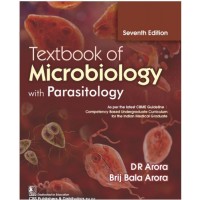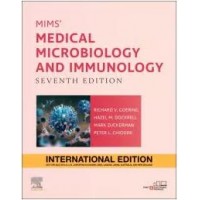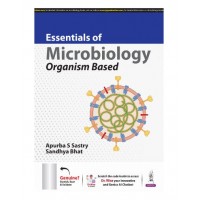Salient Features of the book
UG theory and practical/DOAP/Skill assessment: Total 126 chapters are presented as per revised CBME curriculum.
• Clinical microbiology: Clinical images of different diseases drag the Microbiology to the bed sides.
• Recent advances: Recent topics like pandemic management, COVID-2019 including its variants and vaccines, monkey pox outbreak 2022, A/H3N2 seasonal flu 2023, Chandipura virus encephalitis, etc., are covered Competencies: All competencies in microbiology as per revised CBME Curriculum are covered.
Journal preparation: Neat, colored, microscopical and schematic pictures/diagrams with proper labeling are useful for preparation of journal.
• Question bank: Clinical case, essay/full question, short notes, short questions and comments are available at the end of each chapter to access yourself, so no need to solve the sample papers of earlier examinations.
• MCQs: More than 2000 MCQs are covered with answer and explanation, so there is no need to buy a separate MCQs book. Chapter wise MCQs are given at the end of every chapter, while section wise and image based MCQs are given separately in chapters 125 and 126 respectively. This unique way of presentation of every chapter helps for preparation of any competitive examination from the time of UG.
• Green, sky blue, red and black arrows: In human, all parasitic life cycles which occur normally are presented with green color arrows (+), occur with autoinfection are presented with sky blue color arrows (+) and cycles in which human act as dead end host are presented with red color arrows (+). Other types cycles are presented with black color arrows (+). This approach helps to discriminate between normal cycle and other cycle in human host and to remember the life cycle very easily.
• No descriptive format: Only point wise presentation with use of flowcharts (including all parasitic life cycles), tables, bullets and numbering help in quick revision in zero time and also to make the effective presentation in examination to score more.
Multi-subject approach: Integrated topics with other subjects as per revised CBME curriculum are covered nicely.
• Mnemonics: These minimize the burden for the contents which are difficult to remember.
Proper order: Orderly arrangement of all headings and subheadings reduce the labor intensive work of students. • No diversification of knowledge: Deep knowledge on particular topic is available on single platform, so no need to refer many sources to collect the entire answer of any question.
• Minimum use of dictionary: Simple and easy language.
• Standard and complete book: All above contents are available in one book which make the book a standard and complete book for microbiology.




.jpg)
